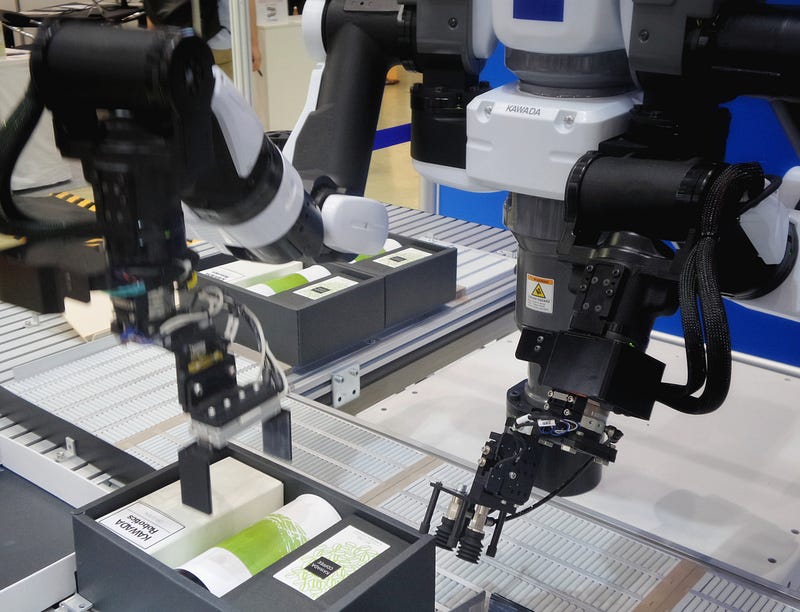The integration of robots into the field of medicine is poised to usher in a new era of healthcare that promises to enhance patient care, streamline processes, and improve outcomes. Here are several ways in which robots are expected to make significant contributions to the field of medicine:
Minimally Invasive Surgery (MIS): Robotic-assisted surgery systems, such as the da Vinci Surgical System, have revolutionized surgical procedures. Surgeons can now perform highly precise and minimally invasive surgeries with greater dexterity and precision. This results in reduced pain, faster recovery times, and smaller incisions for patients.
Telemedicine and Remote Surgery: Robots enable remote surgery, allowing expert surgeons to operate on patients in different locations. This is particularly valuable for rural and underserved areas, where access to specialized medical care can be limited.
Rehabilitation and Physical Therapy: Robots are used in rehabilitation and physical therapy to assist patients in regaining mobility and strength after injuries or surgeries. These robotic devices can provide personalized, data-driven therapy plans and continuous monitoring of progress.
Diagnostic Support: AI-powered robots can analyze medical imaging data, such as X-rays, MRIs, and CT scans, with remarkable accuracy. They help identify abnormalities, tumors, and other health issues more quickly and with fewer errors than human radiologists.
Drug Delivery and Precision Medicine: Robots are being used to develop and administer drugs with exceptional precision. They can target specific areas in the body, reducing side effects and improving treatment outcomes. Additionally, robots play a vital role in automating high-throughput drug screening, accelerating drug discovery.
Patient Care and Companionship: Robots are being employed as companions for patients, especially in long-term care settings. They can provide emotional support, reminders for medication, and monitor vital signs, enhancing the overall patient experience.
Logistics and Supply Chain Management: In hospitals, robots are utilized for logistical tasks like delivering medications and supplies, reducing the burden on hospital staff and allowing them to focus on patient care.
Data Analysis and Predictive Analytics: AI-driven robots can analyze vast amounts of patient data to identify trends and predict disease outbreaks. This can lead to more proactive and effective public health interventions.
Sterilization and Infection Control: Robots equipped with ultraviolet (UV) light or other disinfection methods can autonomously clean hospital rooms and equipment, reducing the risk of healthcare-associated infections.
Training and Education: Medical robots serve as invaluable tools for training healthcare professionals. Simulated surgeries and patient interactions offer a safe and controlled environment for medical students and residents to develop their skills.
Patient Monitoring: Robots equipped with sensors can continuously monitor patient vital signs, ensuring timely interventions in case of any anomalies. This real-time data can aid in early detection of deteriorating health conditions.
Mental Health Support: Robots equipped with AI can provide support for mental health patients through conversation, offering therapy-like interactions and helping to alleviate the shortage of mental health professionals.
As the technology continues to advance, robots in medicine are becoming more sophisticated, adaptable, and accessible. While they will never replace the expertise and compassion of healthcare providers, they can augment medical practices, making healthcare more efficient, precise, and patient-centered. The integration of robots into medicine represents a promising future where human and machine collaboration leads to improved patient care and better healthcare outcomes.


